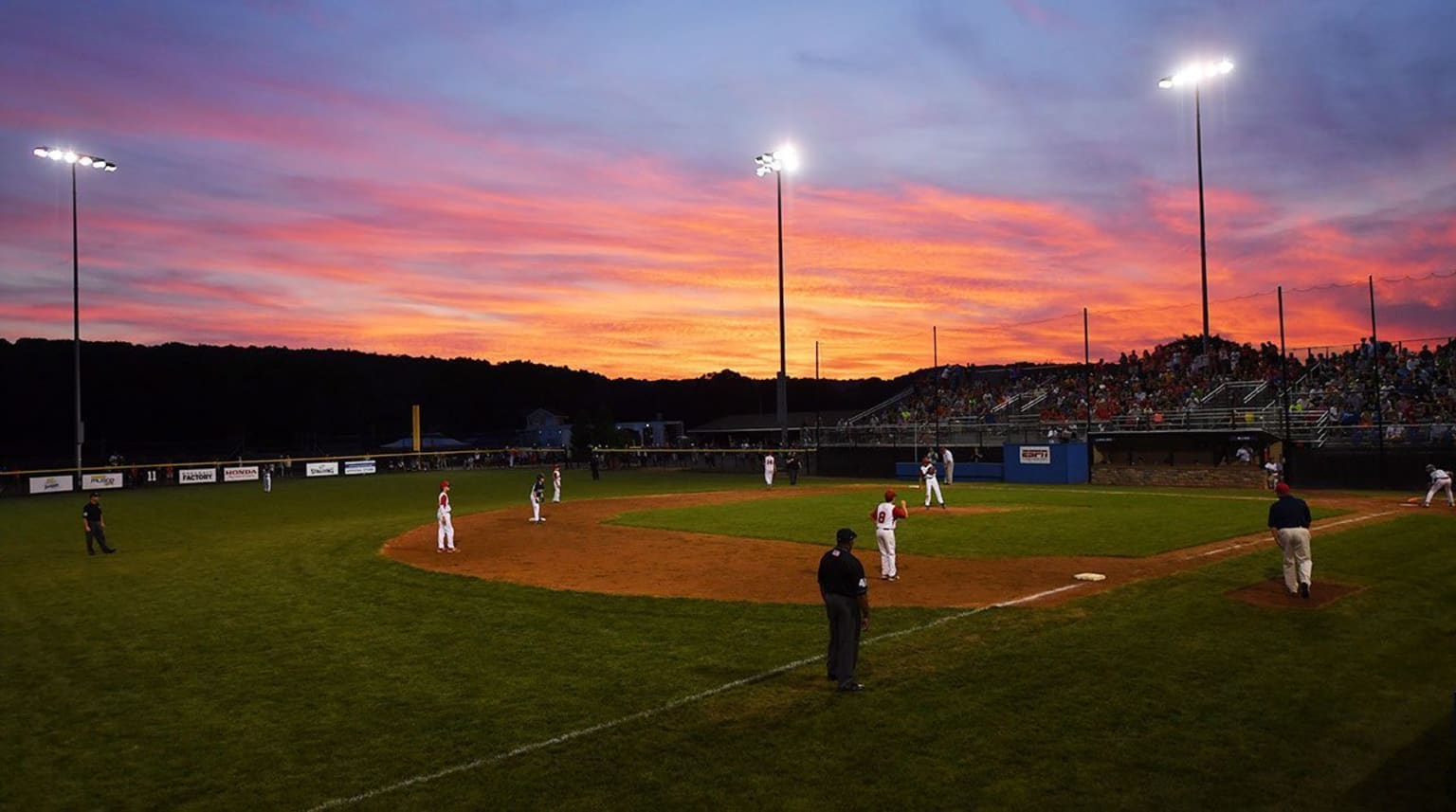
Weather information is everywhere! Before heading to the ball field, you’ll want to be aware of the weather, and how conditions may change during the game.
For the best results, follow a local meteorologist whom you trust. This is often a broadcast meteorologist in your area. Those who are local will have a wealth of knowledge about the region where you are, and will be able to best explain how weather conditions will change over time. In the United States, another great resource is the National Weather Service. Meteorologists with local knowledge generate NWS forecasts for your area.
Of course, numerous weather apps are available for smartphones and tablets. While these apps are handy, the forecasts given are often computer-generated with little to no human oversight. This can result in inaccurate forecasts, especially in highly changeable weather situations.
It is best to follow a trusted meteorologist locally and use apps as a tool at the field.
Cold Weather
In many areas, the Little League® season starts off with some chilly weather. Remember that you’ll be sitting outside for a couple of hours, so it is best to have a heavy coat. You may even consider gloves and a hat for colder days. You don’t want to be caught off-guard when temperatures drop quickly! Be ready for the cold by packing a blanket in the car. Then you can grab if you feel cold. It also can make a nice cushion sitting on the bleachers!
Rainy Weather
While we all like dry and comfortable weather at the Little League® field, wet weather is likely to occur at times during the season. Stay on top of the forecast, so you are ready for changing weather. Don’t forget the rain gear if wet weather is in the forecast. Better yet, keep an umbrella in the car so it is always handy! Consider a waterproof coat with a hood to stay dry and warm on a damp, drizzly day.
Sun Safety
Don’t forget the sunscreen when heading to the Little League® diamond! Send your Little Leaguers® to the game with sweat proof sunblock and be sure it is reapplied as needed. Fans need to stay safe as well. Wear sunblock to the game and bring along extra. Umbrellas not only protect you from the rain; they can keep you in the shade on a bright day. You still need to wear sunscreen though!
You can get a sunburn on a cool day, so be careful! Sunburn potential has nothing to do with the temperature. On a bright June day, you’ll burn just as quickly if it is 65 degrees or 95 degrees!
Hot Weather
Staying cool and hydrated is critical at times of hot and humid weather. It all starts before heading to the ball field by staying on top of the latest weather forecast. When hot and humid weather is expected, wear light-colored, loose-fitting clothing to the game. A wide-brimmed hat or umbrella is helpful in keeping you out of direct sun.
It takes time for the body to properly acclimate. Monitoring exposure to warmer, humid conditions is important for players, coaches, umpires, and those attending practices and games. For players in particular, as they exert physical energy and the body compensates (perspires) from those activities, adjusting to the heat and humidity cannot be overlooked by coaches and parents.
Stay hydrated at the game by drinking plenty of water and Gatorade®. Take a break from the sun and seek shade under trees or a pavilion.
Be aware of signs of heat-related illness. Heat exhaustion and heat stroke are conditions that can occur in hot weather.
Lightning
Did you know that lightning can strike before it starts raining? Many lightning strike victims are hit before the rain begins. If you can hear thunder, the storm is close enough for lightning to strike.
Have a “lightning plan” in place, so you are ready to react when lightning threatens. Listen for thunder and consider a lightning app for your smartphone to track storms.
At the first sign of lightning, seek shelter immediately! Consider a sturdy building that has electrical and plumbing. Another option is a metal-topped vehicle. Note that structures such as dugouts, pavilions, sheds and rain shelters are NOT SAFE during lightning. Wait 30 minutes after the final clap of thunder before returning to the bleachers.
Submitted by Meteorologist Garett Argianas, who is a forecaster and broadcaster, and serves as a weather expert witness in legal matters. He is the founder of Weather Consulting Services (www.weathercs.com). Mr. Argianas is a long-time scorekeeper and announcer at the Little League® Eastern Regional Baseball and Softball Tournaments in Bristol, Conn., and serves as a public address announcer at the Little League Baseball® World Series in Williamsport, Pa.